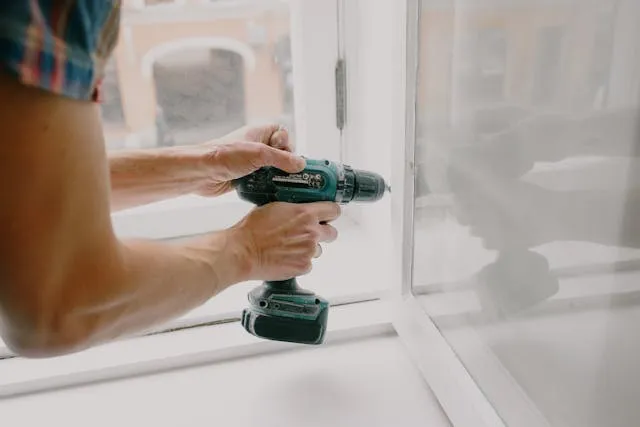Path to Efficient Construction: Unlocking the Potential of Commercial Metal Buildings
Introduction to Commercial Metal Buildings
The rise of commercial metal buildings marks a transformative shift in the construction industry. These structures, renowned for their robustness and versatility, quickly replaced traditional building techniques in many sectors. Whether you need manufacturing, retail, or storage space, metal buildings offer tailored solutions that meet diverse operational demands while maintaining structural integrity.
Also Read: Money6x.com Sharing Economy: A Game Changer in Finance
The essence of metal buildings lies in their ability to adapt to varying requirements without significant alterations. This flexibility makes them increasingly popular among businesses seeking reliable constructions that will serve their immediate needs and evolve with future expansions. The growing interest in commercial metal buildings is a testament to their relevance in modern construction practices.
Key Advantages of Steel Structures
One vital attribute of metal structures is their unparalleled durability. Steel, the primary material used, is famously tough and resilient, making it an excellent choice for buildings that withstand extreme weather conditions and physical stresses. Significant advancements in construction technology have allowed steel to offer added benefits, such as superior fire resistance and mitigating risks that could potentially jeopardize safety.
Moreover, metal buildings require less maintenance than their wood or concrete counterparts. They do not suffer from issues such as warping, rotting, or pest infestation, which are common in traditional structures. This low-maintenance aspect makes them a cost-effective option over the long term, reducing owners’ effort and expense.
Sustainability and Environmental Impact
In today’s environmentally conscious world, metal buildings are a compelling choice because of their sustainability. The building industry is a significant contributor to environmental degradation, making it crucial to adopt sustainable practices. Metal buildings play a vital role by using steel, a highly recyclable material, thereby minimizing waste. This aligns effectively with global efforts to reduce carbon footprints and promote eco-friendly construction.
The positive impact of sustainable construction goes beyond waste reduction. It includes energy efficiency and incorporating sustainable designs that reduce overall energy consumption. Regulations and standards increasingly require these practices, ensuring that structures meet contemporary needs and are future-proofed for sustainability.
Applications Across Various Industries
Metal buildings’ versatility allows them to find applications across various industries. Farmers use these structures in agriculture for barns, storage, and machinery sheds. Manufacturing sectors use them as factories, while retail businesses benefit from their vast warehouse spaces, which can easily be reconfigured. These buildings also serve as office spaces, offering a practical and flexible solution to layout design challenges.
Real-world examples abound, with companies effectively utilizing metal buildings for innovative uses. For instance, logistics firms have adapted these structures for depots and distribution centers, using their vast internal open spaces to streamline operations and improve efficiency. Such flexibility ensures that industries find value in metal buildings well beyond initial expectations.
Design Flexibility and Customization Options
Design innovation has dissolved the myth of metal buildings as simple, boxy structures. Nowadays, they can be customized to fit practically any architectural aesthetic. Whether incorporating glass facades for corporate buildings or adding solar panels to enhance environmental credentials, the possibilities are nearly limitless.
Architects and contractors can use modern technology to integrate metal buildings with traditional materials to create elegant hybrid structures that blend seamlessly into existing environments. This ensures a building’s aesthetic appeal is not compromised while maintaining cost-effective and functionally robust structures



